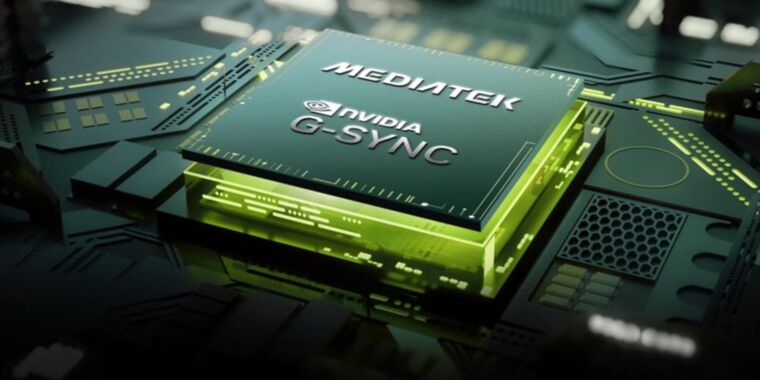Back in 2013, Nvidia introduced a new technology called G-Sync to eliminate screen tearing and stuttering effects and reduce input lag when playing PC games. The company accomplished this by tying your display’s refresh rate to the actual frame rate of the game you were playing, and similar variable refresh-rate (VRR) technology has become a mainstay even in budget monitors and TVs today.
The issue for Nvidia is that G-Sync isn’t what has been driving most of that adoption. G-Sync has always required extra dedicated hardware inside of displays, increasing the costs for both users and monitor manufacturers. The VRR technology in most low-end to mid-range screens these days is usually some version of the royalty-free AMD FreeSync or the similar VESA Adaptive-Sync standard, both of which provide G-Sync’s most important features without requiring extra hardware. Nvidia more or less acknowledged that the free-to-use, cheap-to-implement VRR technologies had won in 2019 when it announced its “G-Sync Compatible” certification tier for FreeSync monitors. The list of G-Sync Compatible screens now vastly outnumbers the list of G-Sync and G-Sync Ultimate screens.



Up until relatively recently, it was great to see that Vulkan and DX12 were in a practically even split.
Still great to see that some of the best talent in terms of visual fideltiy showcases Vulkan, like rdr2 (originally defaulted to dx12, now vulkan), doom eternal and so on. Fully expect the next GTA to.
stadia was derp but it forced interested publishers to get acquainted with vk. I think it ended up doing more good for the industry in the end as a failure, rather than harm by succeeding and locking subscribers into such a restrictive game “ownership” paradigm.